
Walmart, once the go-to destination for affordable, one-stop grocery shopping, is seeing a shift in 2025 as longtime loyal customers begin to walk away, not solely due to price inflation but driven by broader concerns as a result of a toxic blend of product shrinkage, food safety scandals, and ethical lapses.
The irony? With almost a third of all food expenditures in America under its belt, Walmart is lagging as consumers leave the low price for value beyond the bargain cost. This exodus from the wholesale indicates a quiet crisis simmering in American supermarket food retailing that foretells wider economic and social change threatening Walmart’s hold on groceries. Why is that revolution occurring? Let’s break down the real motives.
Price -Isn’t Value
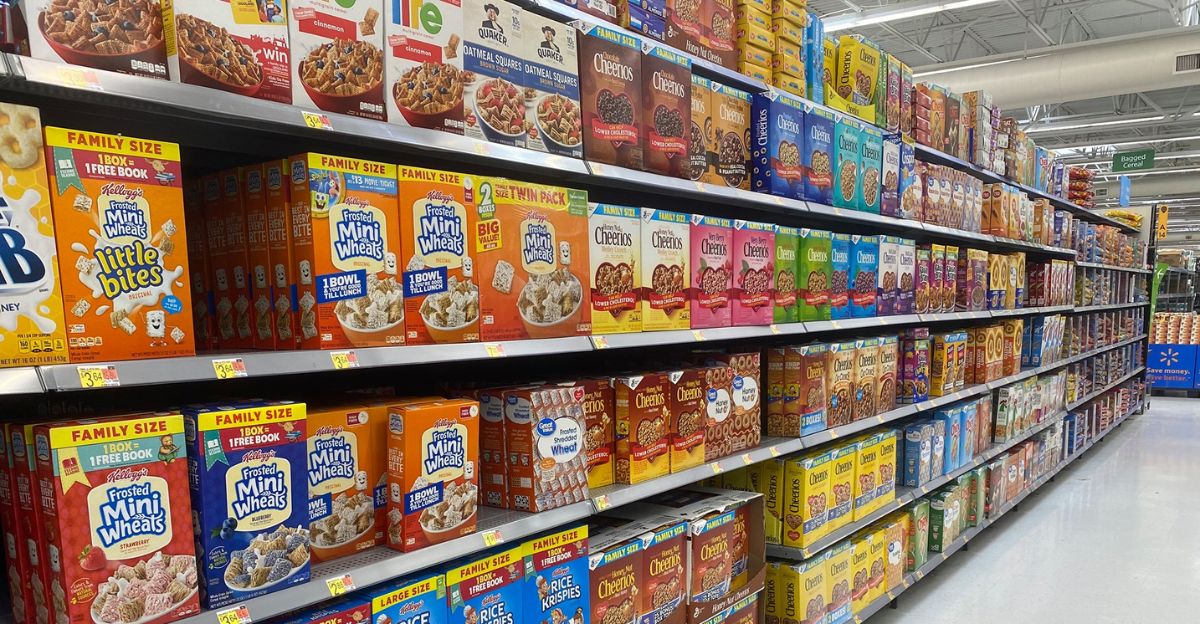
Shrinkflation haunts Walmart’s store shelves—products that look the same but contain less. Packages of cereal, tortillas, and cookies have shed up to 30% of their volume, but prices remain the same or higher. This stealth tactic has exploded the discount illusion.
Inflation-adjusted statistics indicate that Aldi-like competitors and warehouse clubs offer more per-unit value. For consumers who must make each dollar stretch as far as possible, Walmart’s “cheap” is no longer cheap. This deceptive abridgment provokes buyer fury and corrodes trust, chasing price-conscious consumers away. Walmart’s failure to maintain simple value is a strategic failure with significant ramifications.
Food Safety Failures
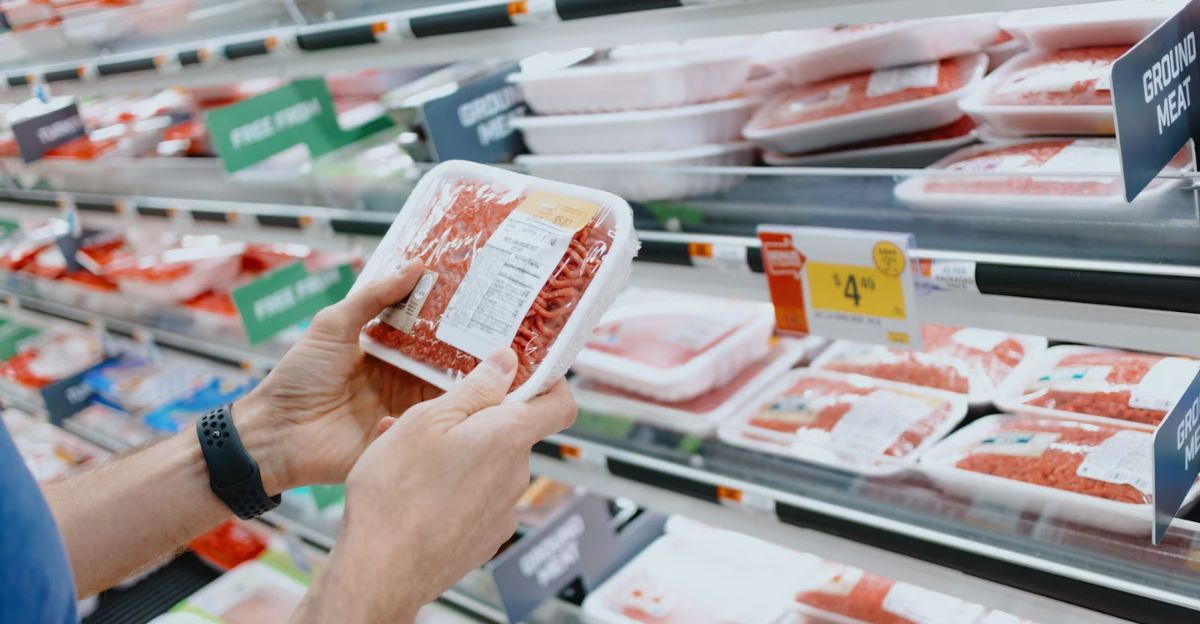
Walmart’s massive beef recall in 2024 due to E. coli contamination took millions of pounds of beef off store shelves in 11 states. All such food safety catastrophes are not isolated events but the signature of a bleak trend. Customers now regularly find spoiled meat, rotting produce, and inconsistent quality, and they can no longer ignore it.
These failures hit hard for a retailer that boasts lower prices—they signal a disaster. These threaten public health and destroy consumer faith. People are voting with their feet, not willing to bet the health of their families on a bargain that may cost them much more in terms of health risks. Walmart grocery aisles have become a minefield of doubt.
Compromise of Integrity
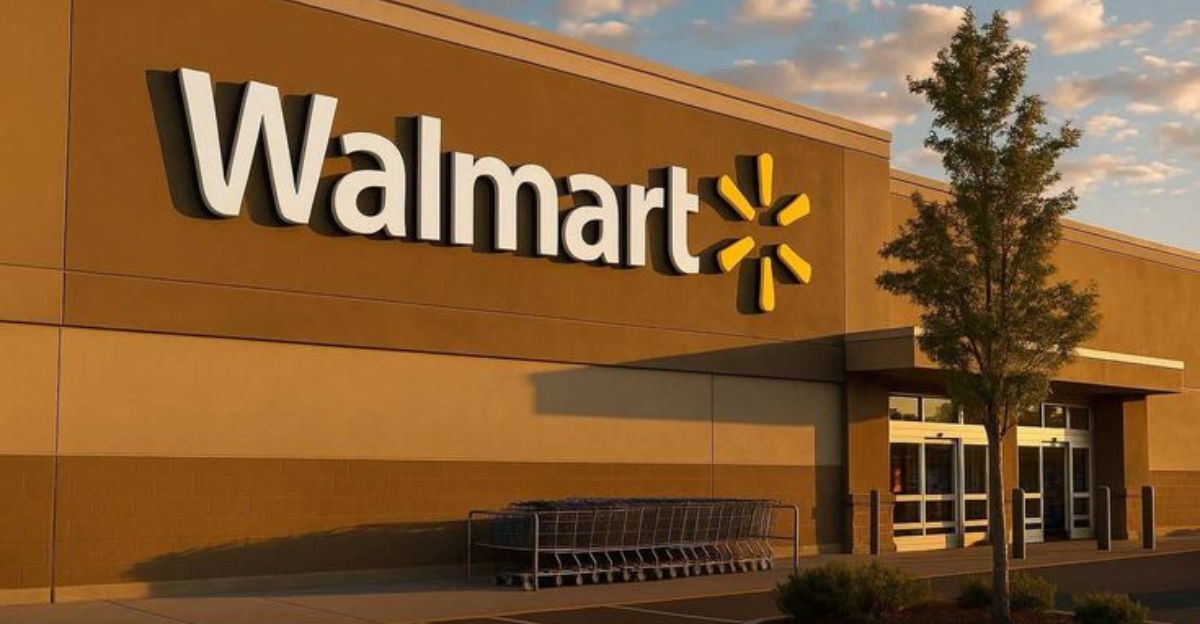
Aside from prices and safety, Walmart’s ethical scandals, from wages to the environment, have driven socially conscious shoppers away. Commitments to being greener and less wasteful sound hollow when Walmart’s enormity maximizes its attention. “Independent grocery stores have been driven out of business by Walmart, according to accusations,” creating “food deserts” and furthering the absence of wage gains for retail workers.
This consolidation of corporate America has created caverns of disparity and hollowed out the economy. Consumers are now avoiding brands that lack their values. Walmart’s association with recurring problems has tainted its image, and more and more customers are avoiding its supermarket aisle because they don’t trust the company anymore.
.
The Rise of Competitors with a Sharper Value Proposition
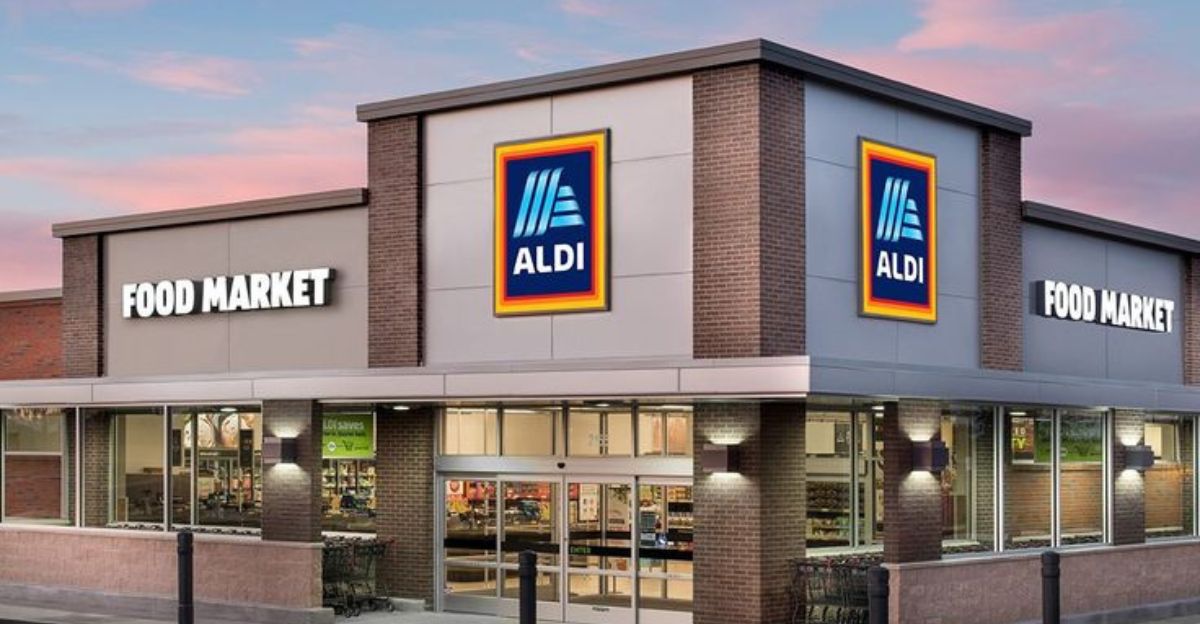
Walmart is no longer the clear grocery champion. Aldi is growing aggressively with a $9 billion U.S. push, Costco has premium products, and Sam’s Club has fast, reliable service. These stores lure Walmart’s customers away by offering them better prices, quality, and a more enjoyable shopping experience.
Meanwhile, Walmart has depended too much on technology. Faulty self-checkouts and low-quality product substitutions have frustrated shoppers who want courteous service and dependable shopping. The result is a marketplace in which Walmart’s decades-long “cheap and convenient” strategy is now passé, replaced by sophisticated consumer demands for quality, transparency, and service.
Psychological Effects of Consumer Betrayal

Shoppers are deceived by Walmart’s reduced package sizes and price hikes disguised as promotions. Deception leads to an affective counter-reaction, and trust loss spawns resentment and disengagement. Behavioral economics demonstrates that fairness perception is supreme in retail loyalty.
If consumers see Walmart’s actions as deceptive, they resist change and express dissatisfaction, accelerating negative sentiment. Trust loss is harder to reverse than promotions or price cuts. Walmart’s retreat from the grocery aisle is as much a consumer psyche problem as an economic one.
The Impact of Job Losses
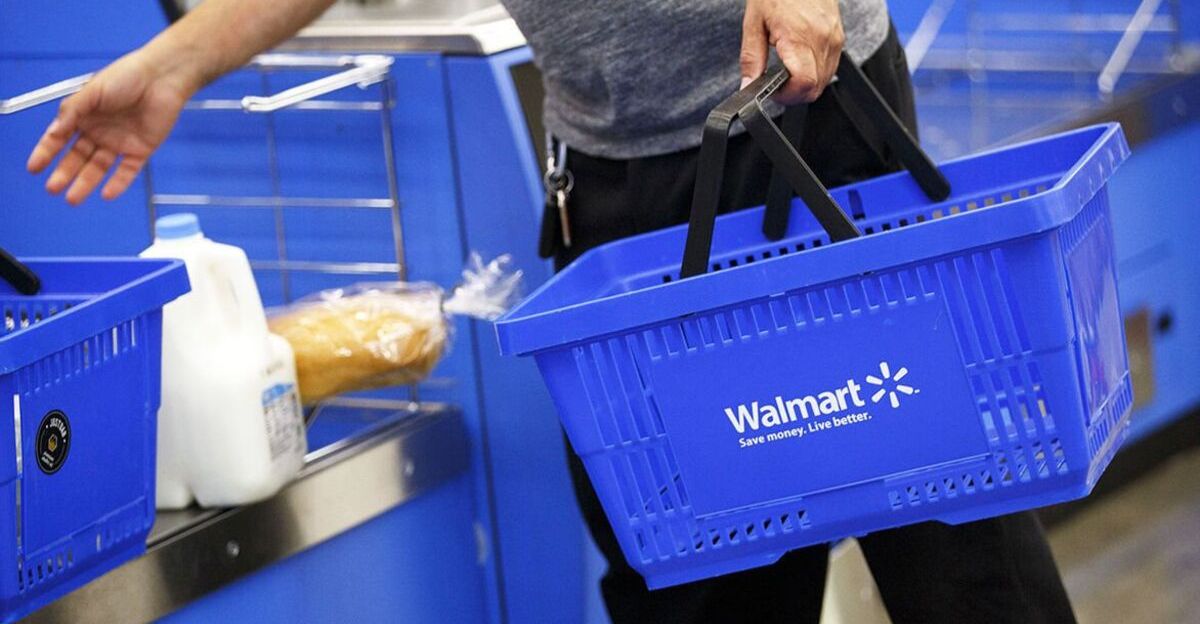
Over 110 companies cutting jobs in several states have created an unprecedented economic migration, lowering disposable incomes and altering consumer behavior. Walmart, being heavily reliant on low-income consumers, gets a double blow: fewer shoppers with smaller wallets.
This economic downturn aggravates the demand for real value and quality, which Walmart cannot really deliver. The ensuing feedback loop-job losses, curbing spending, curtailing Walmart sales, and triggering further cuts-could exacerbate Walmart’s grocery struggles and speed its decline in food retail dominance.
Lessons from Retail Giants’ Declines
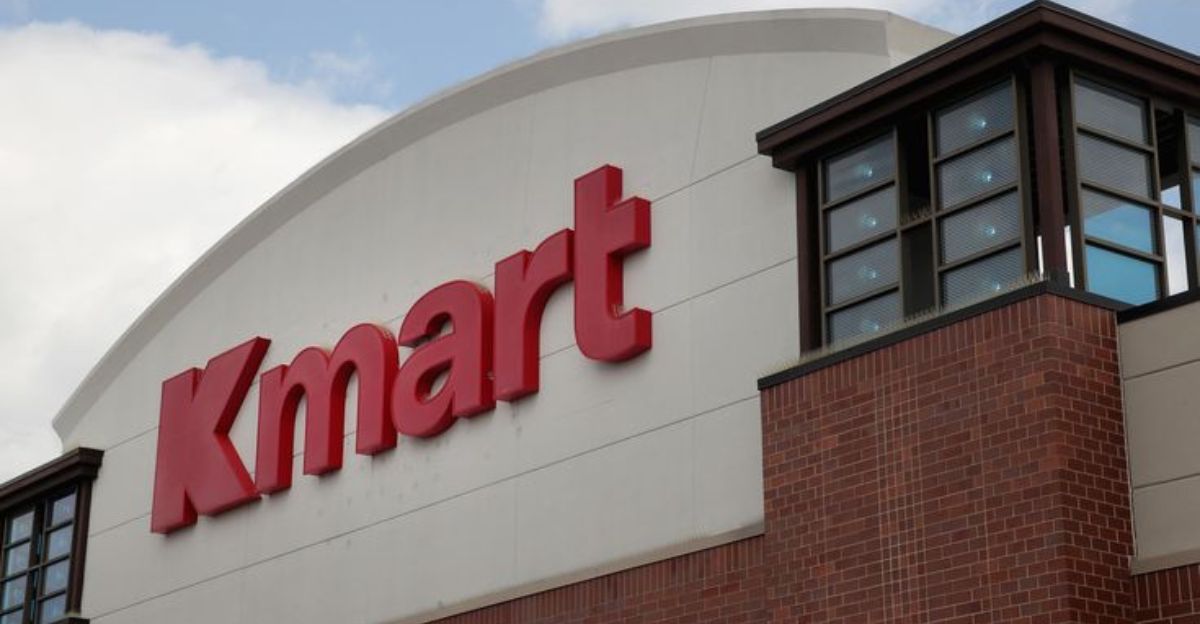
Walmart’s grocery problems feel overwhelmingly like what happened to Sears and Kmart. Those once-popular stores lost customers because they could not meet people’s expectations.
Now, Walmart is making the same mistake. Walmart, likewise, is now vulnerable. Its addiction to bigness, lack of ability to invest in product quality, and complacency about rising ethical consumer expectations cause concern.
These mistakes remind us of how once-powerful stores fell behind when they ignored what matters—balancing price, quality, ethics, and the overall shopping experience. If Walmart doesn’t significantly revamp its grocery division, the empty shelves might trigger a considerably broader and more sustained decline.
Side effects of food shortage on society in disguise
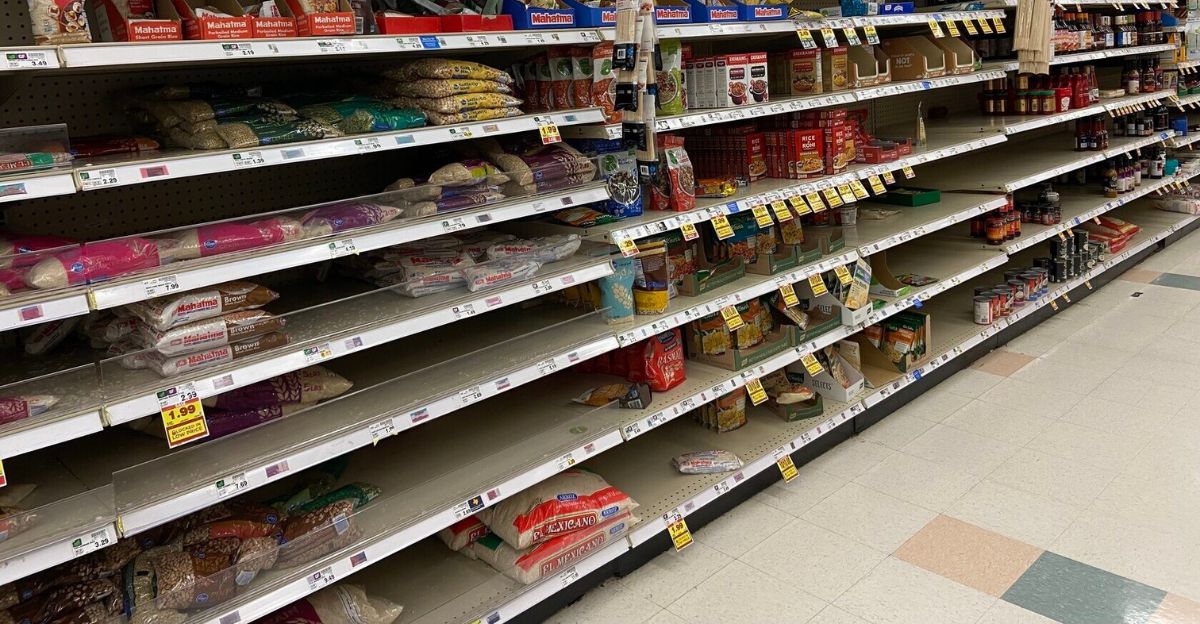
Walmart’s departure from grocery hegemony risks expanding food deserts in poor and rural areas with few options. Its market share once guaranteed access to affordable food; now, as consumers abandon Walmart, these communities have even less.
Small grocery stores cannot fill the gap as Walmart restricts competition. The human cost is dire: increased inequality, poor diets, and increased health risk. Walmart’s grocery aisle meltdown isn’t just a business problem—it’s a matter of social justice and public health.
The Big Changes Walmart Needs to Survive
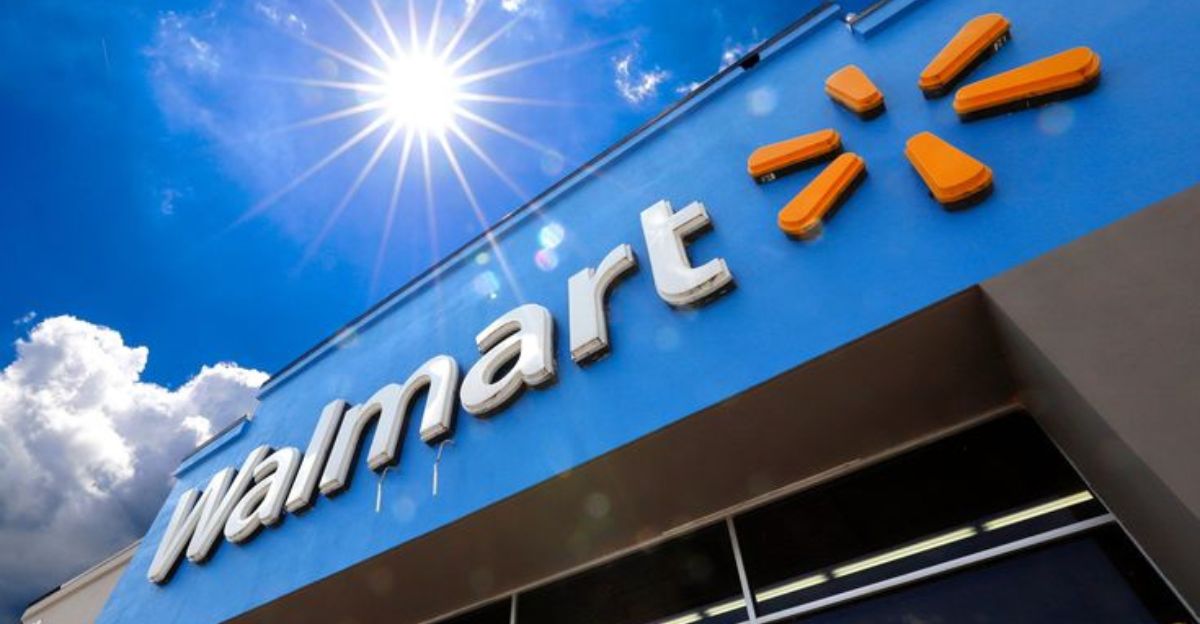
Walmart’s retreat from the grocery shelf is a symptom of deeper system failures: diminishing value, broken trust, moral lapses, and economic tides. Walmart can survive only by abandoning old ways of mere price and size. It takes open prices, quarterly pricing incentives, tough-line food safety, and ethical pledges.
Getting back to community outreach and improving the lot of employees might redeem goodwill. Unless halted, Walmart may forever lose its grocery crown, reshaping the face of America’s food retailing and making millions of customers and communities better off. The stakes reach far beyond the bottom line at Walmart; they are the future of fair, sustainable food in America.
